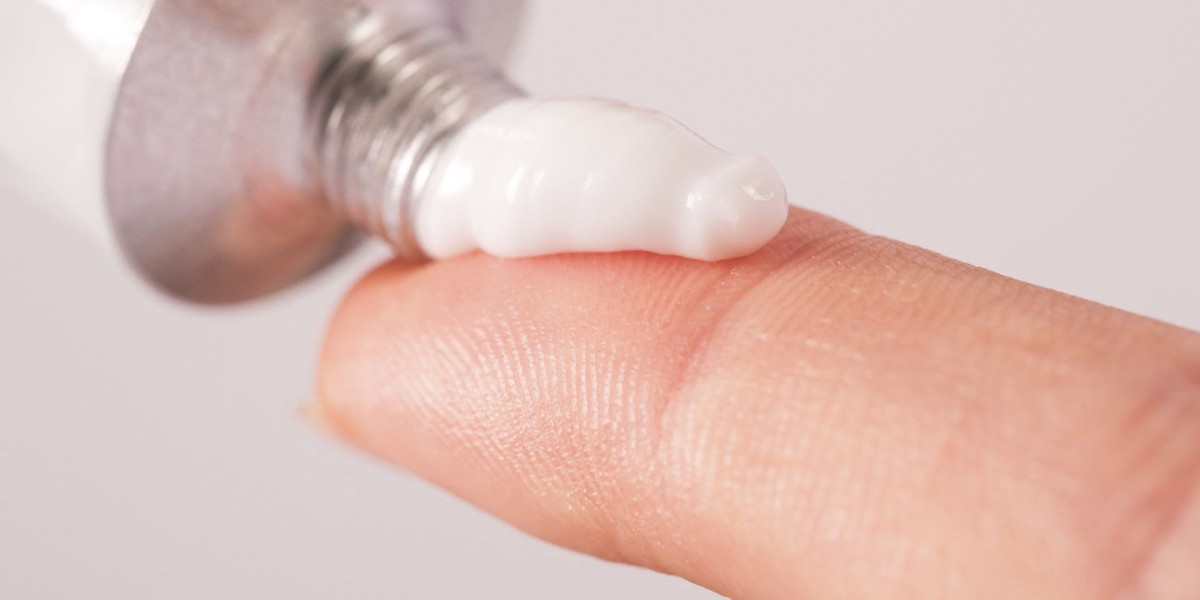In the realm of dermatology, few treatments have stood the test of time quite like topical corticosteroids. These powerful medications have revolutionized the management of various skin conditions, offering relief from inflammation, itching, and discomfort. Despite their widespread use and effectiveness, there remains a need for a nuanced understanding of their application and impact on skin health.
Understanding Topical Corticosteroids
Topical corticosteroids are synthetic derivatives of the natural hormone cortisol, which is produced by the adrenal glands. They exert their effects by binding to glucocorticoid receptors within cells, thereby modulating gene expression and inhibiting the production of inflammatory mediators. This anti-inflammatory action makes them invaluable in the treatment of various dermatological conditions, including eczema, psoriasis, dermatitis, and allergic reactions.
Precision in Treatment
One of the key principles in the use of Topical Corticosteroids is precision. Unlike systemic corticosteroids, which are taken orally or injected and can have widespread effects throughout the body, topical corticosteroids are applied directly to the affected area of skin. This localized approach minimizes systemic absorption and reduces the risk of systemic side effects, such as adrenal suppression, hypertension, and immunosuppression.
However, achieving optimal outcomes with topical corticosteroids requires careful consideration of factors such as the potency of the steroid, the severity and location of the skin condition, the patient's age and skin type, and the duration of treatment. A one-size-fits-all approach simply does not suffice when it comes to these medications.
The Importance of Potency
Topical corticosteroids come in various potencies, ranging from mild to super potent. The potency of a corticosteroid is determined by its ability to suppress inflammation and vasoconstriction. While mild corticosteroids are suitable for treating sensitive areas of skin, such as the face and groin, super potent corticosteroids are reserved for thick, resistant lesions on tougher skin, such as the palms and soles.
Using a potency that is too low may result in inadequate control of inflammation, while using a potency that is too high can lead to skin atrophy, telangiectasia, and other local side effects. Therefore, it is essential to match the potency of the corticosteroid with the severity of the condition and the characteristics of the affected area.
Balancing Efficacy and Safety
In addition to potency, the duration of treatment with topical corticosteroids is another crucial consideration. Prolonged use of these medications can lead to skin thinning, striae formation, and other adverse effects. To minimize the risk of such complications, healthcare providers often prescribe topical corticosteroids in a stepwise manner, starting with a higher potency for acute flare-ups and tapering down to a lower potency for maintenance therapy.
Moreover, patient education plays a vital role in ensuring the safe and effective use of topical corticosteroids. Patients should be advised to apply the medication sparingly and to avoid occlusive dressings, as these can enhance absorption and increase the risk of side effects. Additionally, they should be instructed to follow up regularly with their healthcare provider to monitor their response to treatment and adjust the regimen as needed.
Looking Ahead
As our understanding of skin physiology and inflammatory pathways continues to evolve, so too will our approach to the use of topical corticosteroids in dermatology. Advances in drug delivery technology, such as nanoparticle-based formulations and targeted delivery systems, hold promise for enhancing the efficacy and safety of these medications while minimizing systemic exposure.
Topical corticosteroids represent a cornerstone of dermatological therapy, offering precise and potent relief for a wide range of skin conditions. By embracing the principles of precision in their application and monitoring, healthcare providers can maximize the benefits of these medications while minimizing the risk of adverse effects. With continued research and innovation, the future of topical corticosteroids in skin therapy looks brighter than ever.
Get more insights on Topical Corticosteroids


![Endorse OMG-OCSMP-MBI300 Exam Dumps with High Passing Rate [March 2022]](https://thewion.com/upload/photos/2022/03/ynfJOoffSZKKAaBLiAba_07_789b4e2e6afb621c4bf932c783a6c370_image.jpeg)
